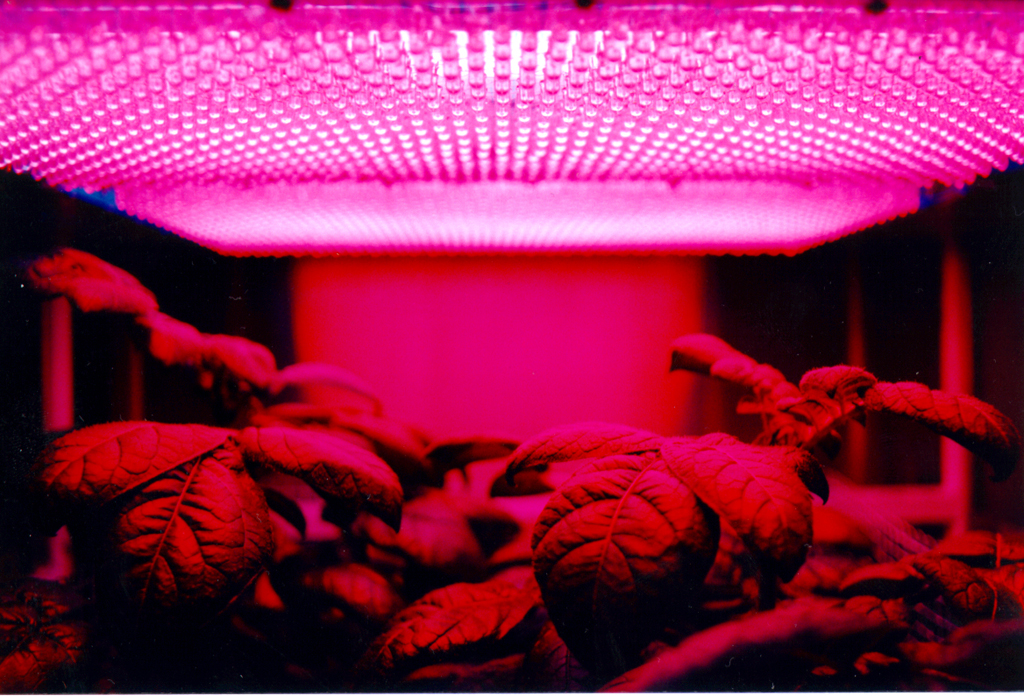Biotron (Wisconsin) on:
[Wikipedia]
[Google]
[Amazon]
The Biotron is a research facility located at the University of Wisconsin-Madison that "provides controlled environments and climate-controlled greenhouses to support plant, animal, and materials research for university, non-profit, and commercial clients."
 In 1977, the
In 1977, the
The Biotron at the University of Wisconsin Madison
(Official website)
Biotron
history
The Biotron at World of Trons
{{University of Wisconsin-Madison University of Wisconsin–Madison Greenhouses in Wisconsin Atmospheric chemistry Controlled ecological life support systems 1971 establishments in Wisconsin
History
An evolution of the phytotron, the development of the facility had its roots in the late 1950s as a campaign established by the Botanical Society of America in search of a national phytotron. With additional funding and support by the National Science Foundation the Biotron was eventually envisioned as a combination facility that would allow both plant and animal tests to be conducted. Plant physiologist Folke Skoog would be instrumental in bringing the Biotron to the University of Wisconsin-Madison. A colleague ofFrits Went
Friedrich August Ferdinand Christian Went ForMemRS (June 18, 1863 – July 24, 1935) was a Dutch botanist.
Went was born in Amsterdam. He was professor of botany and director of the Botanical Garden at the University of Utrecht. His elde ...
at Caltech, Skoog oversaw the two proposals the university submitted to the Botanical Society in 1959. The interdisciplinary nature and scope of the project quickly led it to becoming Madison's most expensive facility at around $4.2 million. It was up to Harold Senn, appointed director of the Biotron to concentrate on assembling funding, which he was able to accomplish by January 1963, with the Ford Foundation and National Institute of Health contributing to the project.
The Biotron was officially dedicated on September 18, 1970 with many experiments under precise controlled environmental conditions already under study, such as a lizard in the Palm Springs desert or black-eyed peas growing in hot and humid Nigeria. When finally completed in 1971, the Biotron contained over fifty rooms with many able to variate temperature from as low as -25C to as high as 50C with humidity adjustable anywhere from 1%-100%. Data from the various tests and sensors would then be fed and logged into a PDP-8/E-AA computer. Senn supposedly spent an additional $3,000 of the Biotron budget on increasing the computer's memory an extra 4 kilobytes.
 In 1977, the
In 1977, the International Crane Foundation
The International Crane Foundation (ICF) is a non-profit conservation organization that works to conserve cranes and the ecosystems, watersheds, and flyways on which they depend. Founded in 1973, the International Crane Foundation is headquarte ...
brought endangered Siberian crane eggs from the U.S.S.R. to the Biotron for incubation and initial feeding. A hyperbaric chamber was added and used for experiments on the effects of diving on pregnancy. A hypobaric chamber was used for high altitude tests of devices administering doses of vaccines and drugs.
Although the Biotron went through a period of decline in the 1980s, unlike other facilities it never closed. In 1986, the first experiments using LEDs to grow plants were developed with NASA
The National Aeronautics and Space Administration (NASA ) is an independent agency of the US federal government responsible for the civil space program, aeronautics research, and space research.
NASA was established in 1958, succeedi ...
and tests were performed for the Galileo probe before its 1989 launch. Much of its work in the 1990s partnered with NASA in the Controlled Ecological Life Support System (CELSS) and its goal in researching the viability of certain vegetables for space travel, in particular the potato
The potato is a starchy food, a tuber of the plant ''Solanum tuberosum'' and is a root vegetable native to the Americas. The plant is a perennial in the nightshade family Solanaceae.
Wild potato species can be found from the southern Un ...
. Study of animal hibernation were done by ESA for human space exploration.
Rooms
The Biotron has 45 rooms that are capable of simulating a range of environmental variables with precision and control. These rooms feature separate air handling and control over the temperature, humidity, and lighting. Some rooms specialize in isolation from sound and vibration, electromagnetic radiation, or pressure.See also
* PhytotronReferences
External links
The Biotron at the University of Wisconsin Madison
(Official website)
Biotron
history
The Biotron at World of Trons
{{University of Wisconsin-Madison University of Wisconsin–Madison Greenhouses in Wisconsin Atmospheric chemistry Controlled ecological life support systems 1971 establishments in Wisconsin